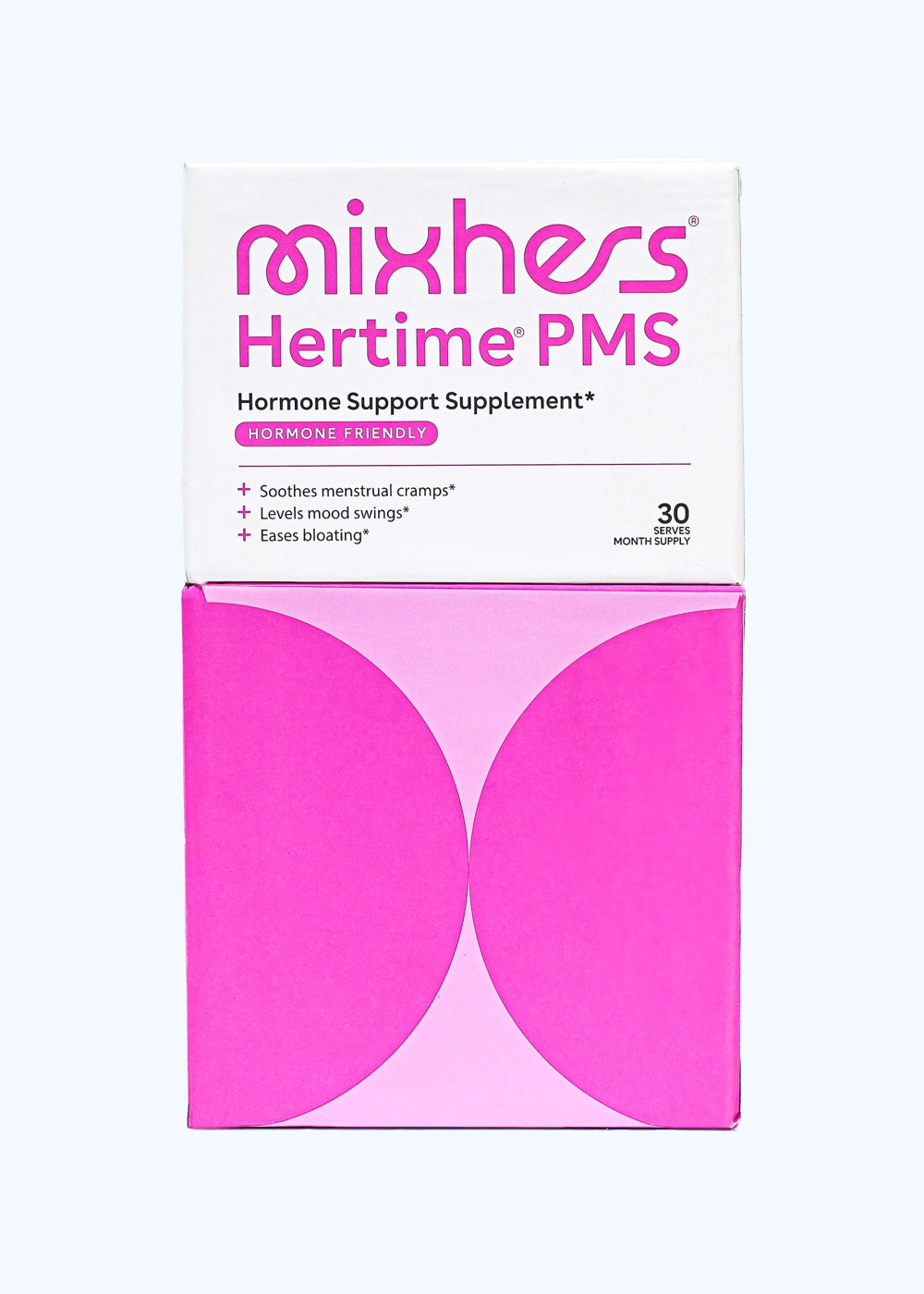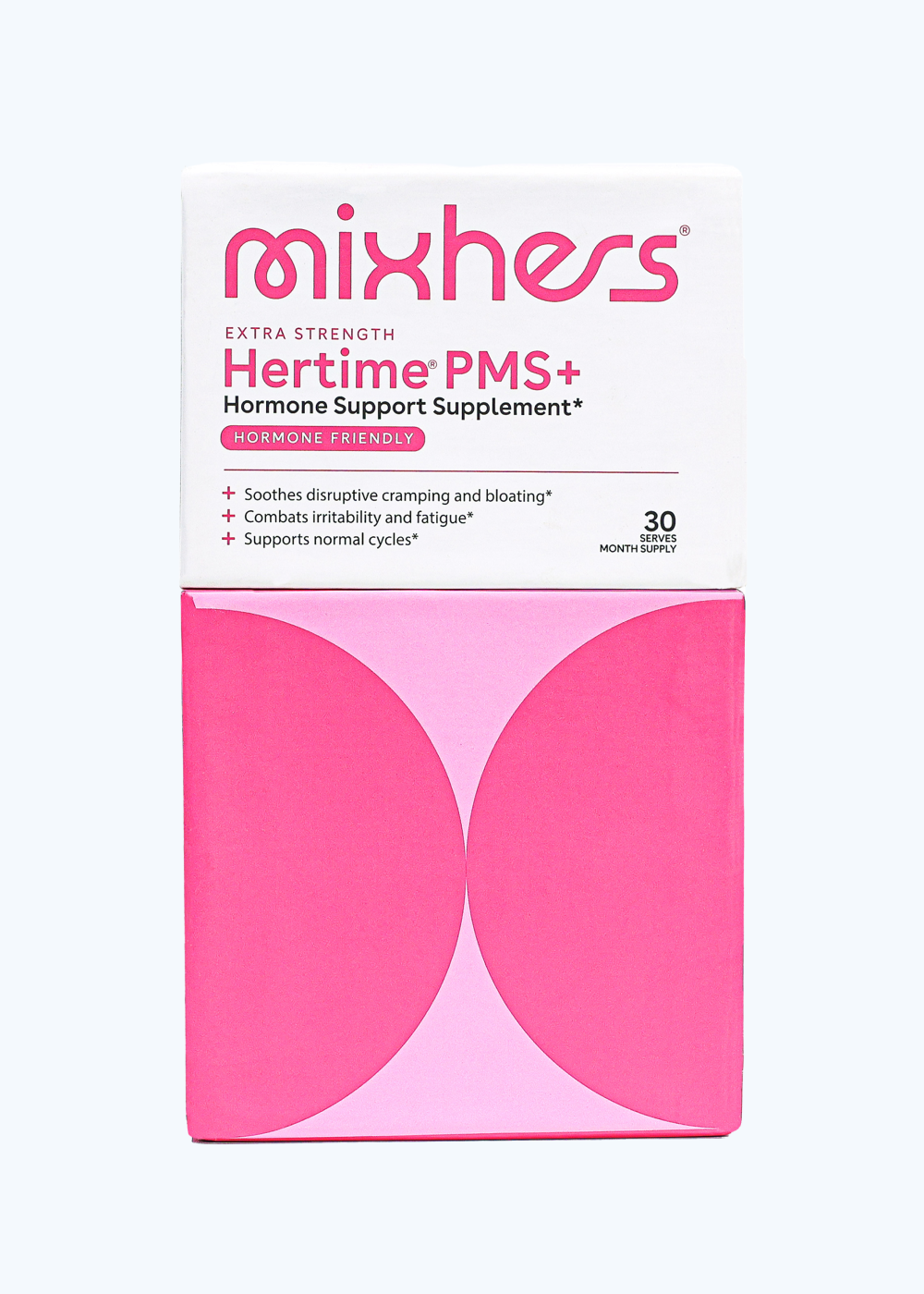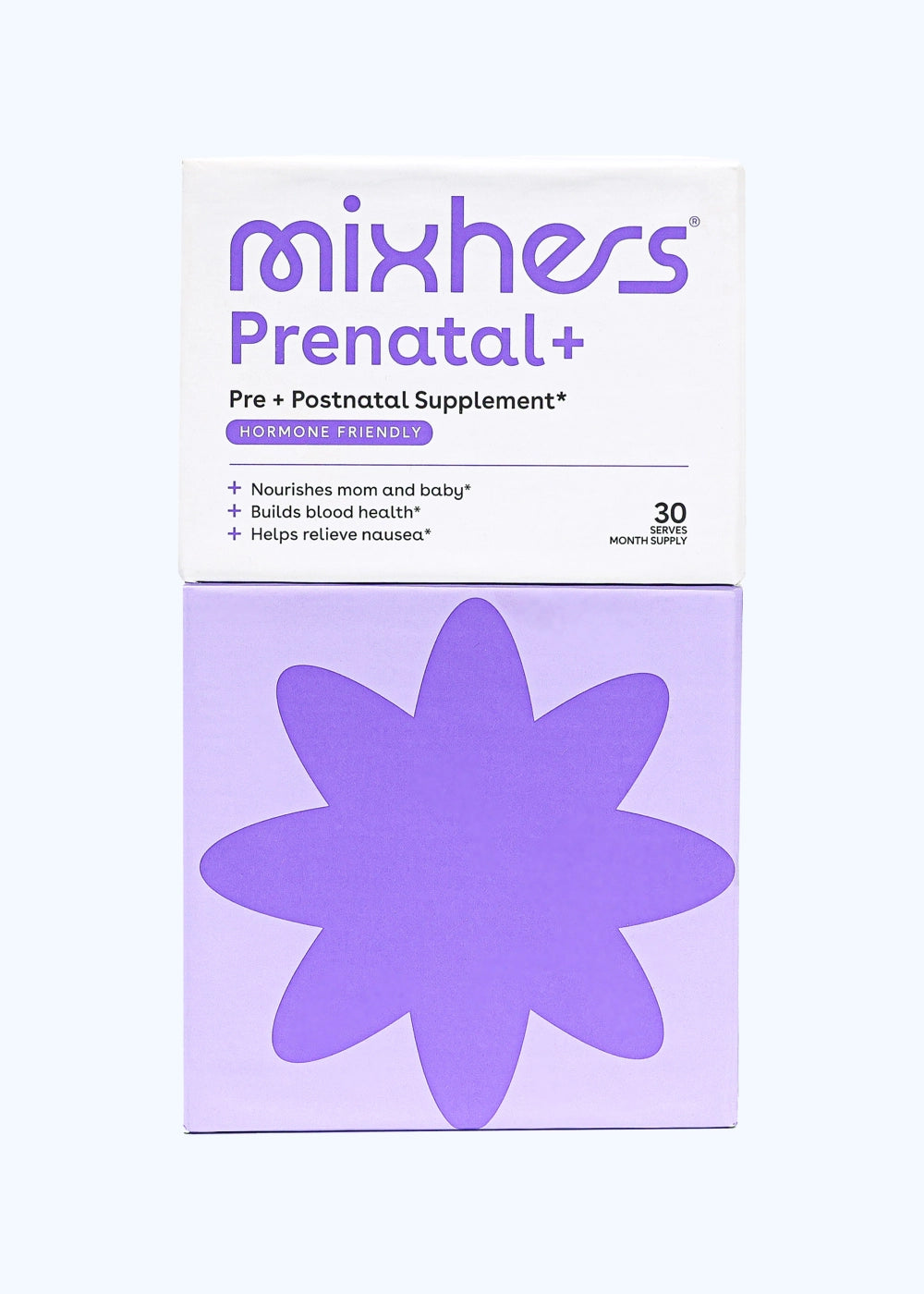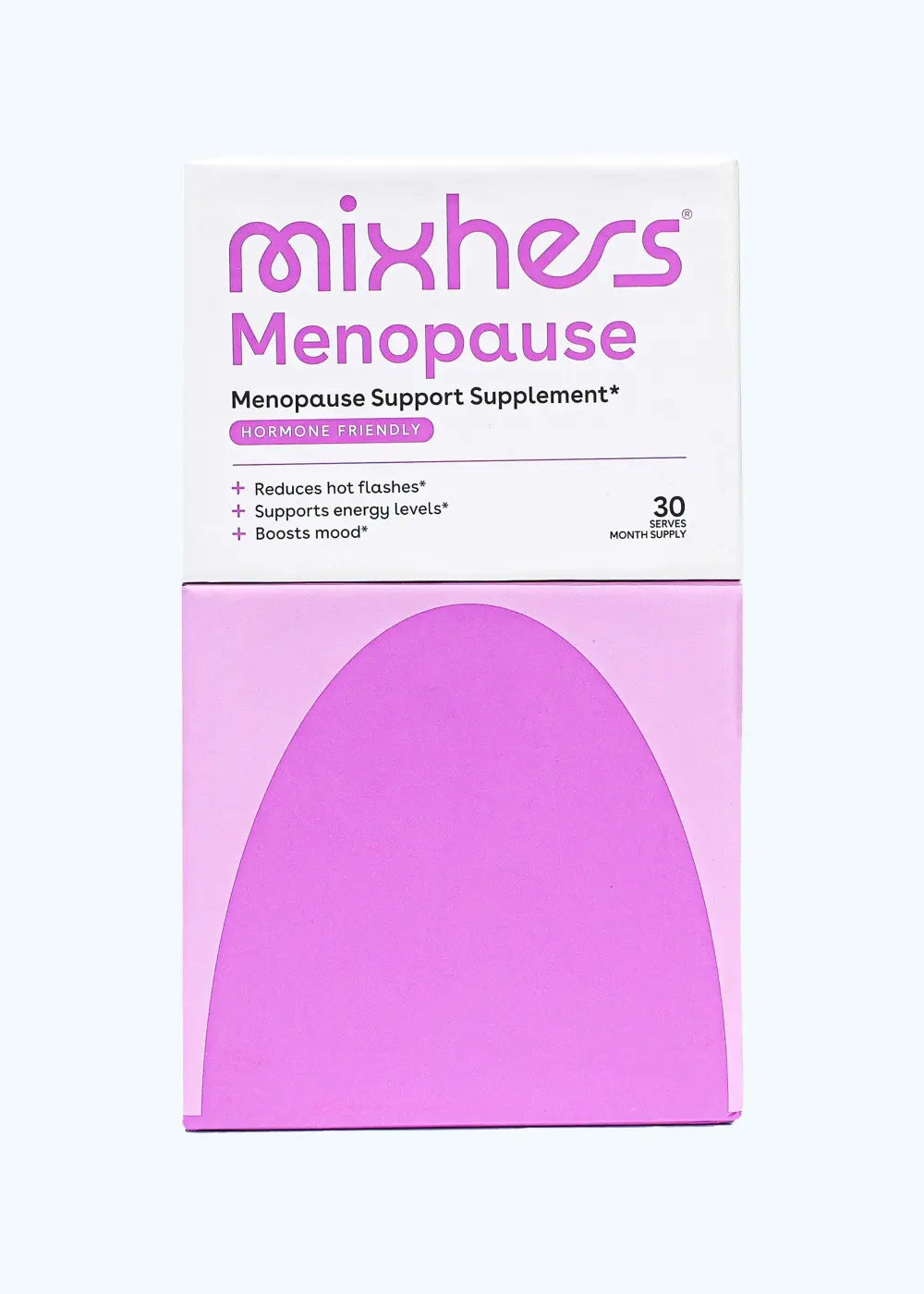It's normal for your period blood to differ in color throughout your menstruation period. The differences in color are usually caused by the blood coming into contact with oxygen. This blood becomes oxidized as it interacts with the oxygen. Oxidized blood should not be confused with oxygenated blood that becomes redder as it binds with oxygen to carry it to your body cells.
Your endometrium becomes darker the longer it's been separated from its blood supply and has been exposed to oxygen. The longer it takes to leave your body, the darker it becomes. The blood and tissue take longer to leave your body at the beginning and end of your period. This usually makes the discharge you see at these times darker in color.
The longer it stays in your body, the darker it will become. It could turn from dark red to brown and eventually to black. Although dark red period blood and brown period blood, can be expected, black period blood could indicate a blockage inside your vagina. In this case, the dark fluid will be accompanied by other symptoms like having a fever, having difficulty urinating, and itching or swelling in or around your vagina. There might also be a funky smelling discharge.
Around the second or third day, your period blood flow will usually increase and turn bright red. During this time, blood and uterine tissue leave your body quicker than at the beginning and the end of the period. Because this fresh blood spends less time being exposed to oxygen, it will appear as a brighter, almost crimson color. Some people have bright red blood throughout their period and see no changes in their period blood color.
It is also common to experience darker blood clots in color mixed with the bright red blood during this time. These clots are usually slightly older blood or tissue working its way out along with the newly released fluids.
Your period blood could look pink or light red if it's mixed with cervical fluid. A low estrogen level could cause this. Estrogen helps to stabilize your uterine lining. If you have a low estrogen level, you could shed parts of your uterine lining throughout your cycle - not just during your period - and this could show up as pink spotting. Low estrogen levels can be caused by perimenopause or being on hormonal birth control that does not contain estrogen.
Pink blood could also be caused by small tears in your vagina or cervix from sex. The blood from these tiny tears then mixes with your vaginal fluids and cervical mucus, and it comes out as a pink discharge. Usually, these small tears heal on their own, but you might want to speak to a medical professional if sex is painful for you.
Your body might cause a small amount of bleeding during the time in your menstrual cycle when it releases an egg. This is referred to as ovulation bleeding and is often pink in color as it mixes with your vaginal mucus.
On the other hand, if you experience a pink discharge that is watery and irregular (read: not related to your cycle), it could be a sign of cervical cancer and needs to be checked out.
A gray vaginal discharge usually means you have bacterial vaginosis. Bacterial vaginosis is where there is an imbalance of the good and harmful bacteria in your vagina. In this case, the gray blood will be accompanied by a foul odor, burning, painful urination, and itching in and around your vagina.
Your period blood might also appear orange if it's mixed with your cervical fluid. Although this could be normal, it might also indicate a bacterial infection, especially if orange blood is accompanied by vaginal itching discomfort and (again) a strange smelling discharge.












